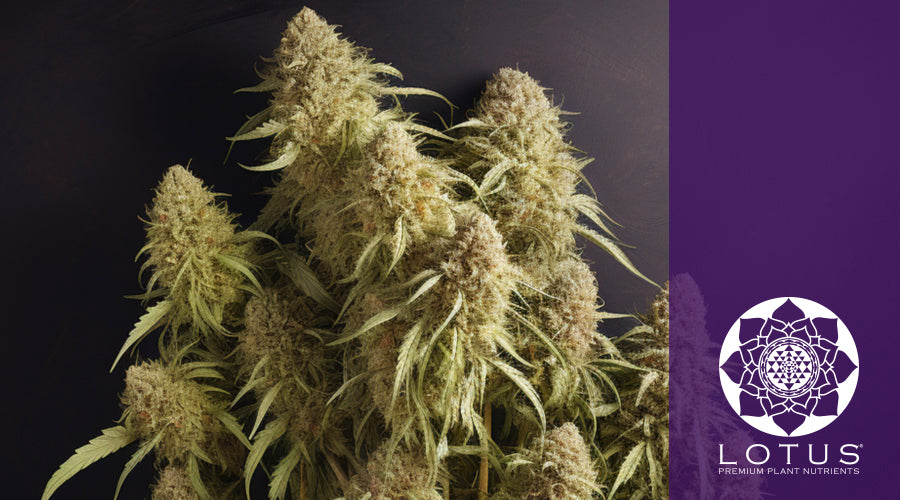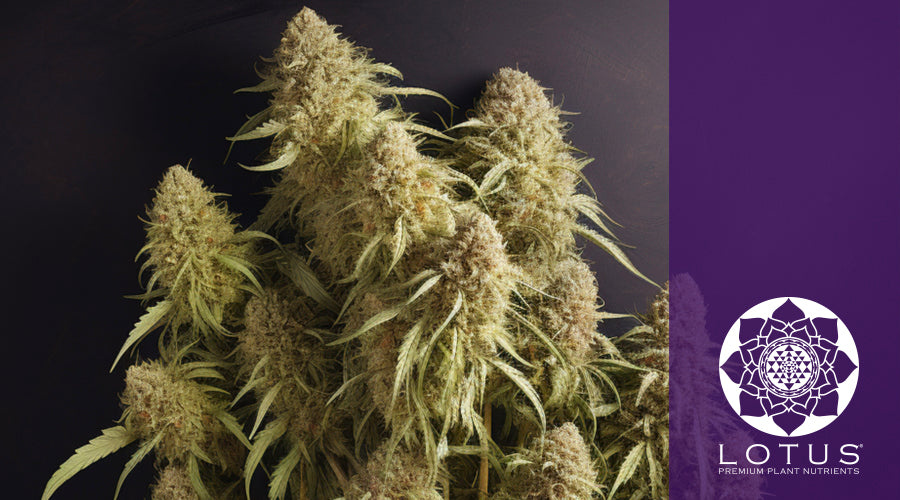
How do you fatten up flowering buds?

Enhancing the Bountiful Blossom: How do you fatten up flowering buds?
The journey from a mere bud to a plump and vibrant flower is a marvel of nature's beauty. For those cultivating flowering plants, the desire to achieve larger, more robust buds is a common aspiration. Fortunately, several strategies can be employed to encourage the fattening up of flowering buds, resulting in a more abundant and impressive display of blooms.
Let's explore effective techniques to help you achieve the lush and voluminous flowering buds you've always dreamed of.
From Bud to Beauty: Strategies for Plumper Flowering Buds
Nutrient Balance is Key
Like any living organism, plants require the right balance of nutrients to thrive. When enhancing flowering bud growth, the right nutrients play a pivotal role. Phosphorus and potassium are two essential nutrients that support bud development. Phosphorus aids in root growth and energy transfer, while potassium contributes to plant health and flower formation. Using a well-balanced fertilizer with a higher middle number in its N-P-K ratio (nitrogen-phosphorus-potassium) can provide the necessary boost to encourage healthy bud development.
Tailored Feeding During Flowering Phase
The flowering phase is a critical time in a plant's lifecycle. Adjusting your feeding regimen to meet the specific needs of the flowering phase can greatly impact bud development. Consider switching to a bloom-specific fertilizer during this phase, as these products are formulated to provide the nutrients required for optimal flower formation. Additionally, reducing the nitrogen content in your fertilizer mix helps channel the plant's energy toward flower development rather than excessive foliage growth.
Perfecting Light and Environment
Light is a primary driver of photosynthesis, the process by which plants convert light energy into the sugars necessary for growth. Ensuring your plants receive the right amount and quality of light is vital for healthy bud development. Many plants require different light conditions during the flowering phase than during vegetative growth. Providing adequate light intensity and duration and consideringments (such as shifting towards red and orange wavelengths) spectrum adjust can encourage robust bud growth.
Pruning and Training Techniques
Pruning and training are horticultural practices that shape the plant's appearance and influence bud development. Carefully removing excessive leaves and shoots can redirect the plant's resources towards bud growth. Techniques like topping, where the main stem's tip is pinched off, can promote the growth of multiple colas, resulting in more buds. Low-stress training (LST) and high-stress training (HST) methods can also expose more bud sites to light, enhancing overall bud production.
Proper Watering Practices
Maintaining proper hydration is crucial for plant health, including the development of plump buds. Overwatering can lead to root rot and other problems while underwatering can stress the plant and hinder growth. Finding the right balance is key. Ensure the plant's root zone has good drainage to prevent waterlogging, and water according to the plant's needs rather than a fixed schedule. Monitoring soil moisture and adjusting your watering routine accordingly will help maintain optimal conditions for bud development.
Environmental Factors and Stressors
Controlled environmental stressors can sometimes encourage plants to produce larger buds as a defense mechanism. Techniques such as slight temperature fluctuations or controlled periods of darkness can trigger stress responses that enhance bud development. However, it's important to carefully research and implement these techniques to prevent causing undue harm to your plants.
Enhancing Microbial Activity
A healthy soil ecosystem is key to promoting vigorous plant growth, including developing plump flowering buds. Beneficial microorganisms, such as mycorrhizal fungi and beneficial bacteria, form symbiotic relationships with plants. These microbes assist in nutrient uptake, root health, and overall plant vitality. Incorporating organic matter into the soil and avoiding harsh chemical treatments can encourage the proliferation of these beneficial organisms, leading to improved bud formation.
Humidity and Air Circulation
Maintaining the right humidity and air circulation levels in your growing environment can impact bud development. Too high humidity can increase the risk of mold and mildew, while excessively dry air can stress the plant. Adequate air circulation helps prevent stagnant air pockets but also aids in delivering carbon dioxide to plant tissues, which is vital for photosynthesis and bud growth.
CO2 Enrichment
Carbon dioxide (CO2) is a fundamental element for photosynthesis, and increasing its concentration can stimulate plant growth, including the development of flowering buds. While outdoor plants typically have access to atmospheric CO2, indoor growers can consider CO2 enrichment systems to provide them with an extra boost. However, monitoring CO2 levels carefully and avoiding excessive supplementation is crucial, as extremely high levels can harm plant health.
Genetics and Strain Selection
The genetic makeup of a plant has a significant influence on its growth characteristics, including bud development. Some plant strains are naturally inclined to produce larger buds due to their genetic predisposition. Researching and selecting strains known for their generous bud production can provide a head start in achieving plump flowering buds.
Timing and Patience
The flowering stage is a delicate period that requires careful timing and patience. Rushing the process or prematurely harvesting buds can result in underdeveloped flowers. Make sure to follow the recommended flowering time for the specific plant species you're growing. Monitoring trichome development (the tiny crystal-like structures on the buds) and observing their color changes can help determine the optimal time for harvest, ensuring that the buds are at their fullest potential.
Organic Supplements and Additives
In addition to balanced fertilizers, incorporating organic supplements and additives can provide a natural boost to bud development. Substances like kelp extracts, compost teas, and guano are rich in nutrients and beneficial compounds that can enhance plant growth. These supplements can contribute to the plant's overall health and result in larger, more robust buds.
Bud Nirvana: Elevating Your Garden's Flowering Potential
Fattening up flowering buds is an art that blends science, observation, and dedication. Combining nutrient management, proper lighting, training techniques, and other strategies can significantly affect the size and quality of your buds. Remember that plants are living organisms with unique preferences and responses. As you begin your journey to cultivate flourishing flowering buds, I want you to be ready to adapt your approach based on your specific plant's needs and responses.
With time, experience, and a touch of green-thumb intuition, you'll be rewarded with bountiful, plump buds that showcase the beauty and complexity of nature's design.
Happy growing!
